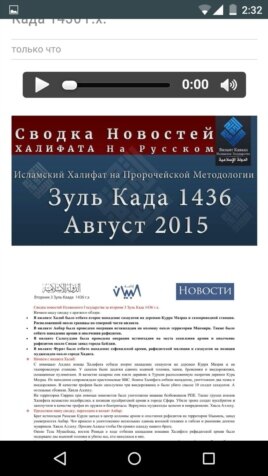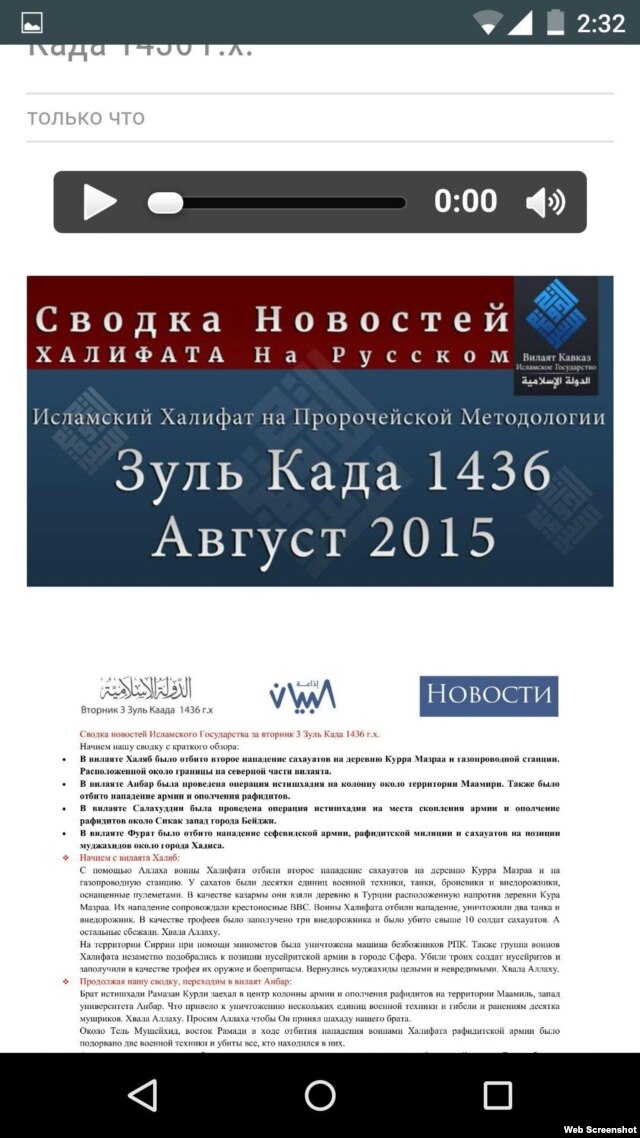Jake Sullivan, Hillary’s policy advisor and Cheryl Mills, the aide and lawyer for Hillary are slated to testify before the Benghazi commission the first week of September. Answering questions about the destroyed Blackberry cell phones will be among the questions.
Meanwhile, the Hillary camp is shooting arrows at the Gowdy Benghazi commission over its own protections of classified documents. Desperation and accusations are becoming a daily occurrence. Honestly, this smacks of the Benghazi co-chair, Elijah Cummings working in collusion with the Hillary team.
In July:
Politico: At least two former top aides to former Secretary of State Hillary Clinton have turned over documents to the State Department in response to a request sent to 10 former officials in March asking them to return any official agency records in their possession, according to a court filing late Tuesday.
Former Clinton Chief of Staff Cheryl Mills and former Director of Policy Planning Jake Sullivan produced “a number” of records through their attorneys on June 26, State Department records official John Hackett said in a declaration submitted in connection with a Freedom of Information Act lawsuit filed by the conservative group Judicial Watch. More here.
Hillary Clinton aide: Gowdy committee has classified docs on server, too
Politico: Hillary Clinton’s campaign, under fire over the ongoing emails controversy, is pointing a finger at House Republican Benghazi investigators, accusing the panel of having classified documents on an unsecured system just like Clinton did.
On a phone call Friday afternoon, campaign spokesman Brian Fallon said the House Select Committee on Benghazi had on an unsecured computer system at least one Clinton email that State did not consider classified — but which the intelligence community now considers classified.
“[Benghazi Chairman] Trey Gowdy treated emails, in this case, in the same way Hillary Clinton did, considering them unclassified and … storing them on unclassified computer systems,” Fallon said. “So in light of this I don’t really see what leg Congressman Gowdy has to stand on in his criticisms of Secretary Clinton on this point.”
Fallon called on Gowdy personally to confirm the allegation, suggesting perhaps he could also have to turn over his staff’s technology like Clinton has done with the Justice Department: “By the same logic that is now being applied to Hillary Clinton’s email, some could say that the House Benghazi Committee should also have its systems looked at to see if they have emails that are now considered classified.”
A Gowdy aide rejected the comparison. The executive branch has classification authorities, so if a classified document was sent to the legislative branch unclassified, Congress isn’t in a position to change the marking.
“We didn’t put it in the bathroom,” a GOP committee spokesperson said sarcastically, referring to a report last week that the small Denver-based computer company that handled Clinton’s email stored its servers in a bathroom closet. “Our system and server for handling classified information in electronic format was subjected to and passed a year of painstaking planning, documentation, and review by numerous security and IT professionals in the Intelligence Community.”
A spokesman for Democrats on the Benghazi panel said the committee was “instructed that it needed to move the document from unclassified computer systems and files to classified computer systems and files,” after the FBI discovered a line that they wanted classified.
The staffer said the panel isn’t to blame — just as Clinton isn’t. “[L]ike Secretary Clinton, Committee members and staff could not have known to treat that document as classified when we received it, because it was not marked or easily identifiable as classified information.”
The attempt to redirect questions about Clinton’s email practices back at congressional investigators comes amid a cacophony of headlines about the issue. On the heels of the bathroom report, a federal judge said this week that Clinton violated government policy with her email set-up.
Fallon was referring to one of the original Clinton emails that subsequently raised flags with the FBI: a Nov. 18, 2012 missive detailing arrested suspects involved in the attack that left four Americans dead in the 2012 Benghazi attacks, sent by State official William Roebuck, now U.S. Ambassador to Bahrain.
Fallon said the committee received copies of the email months ago because the State Department did not — and still does not — consider it classified. But the intelligence committee is arguing that the information is indeed secret and sensitive, and should therefore be classified.
“Since the State Department provided the email forwarded by [top Clinton policy aide] Jake [Sullivan] to the Benghazi Committee several months before the FBI asked for any redaction, it has seemed to us highly plausible that for several months Congressman Gowdy’s staff may have been treating the email as unclassified just as we did and handling it on unclassified systems on Capitol Hill,” Fallon said.
Fallon also praised Gowdy for complaints the South Carolina Republican made in July about over-classification of documents. On July 8, Gowdy sent a letter to the Obama Administration asserting that overly aggressive classification of documents was hindering his information gathering.
“It’s not just the Clinton campaign saying that there’s a lean in favor of over-classification in government… it turns out that Trey Gowdy himself agrees with us,” he said.





